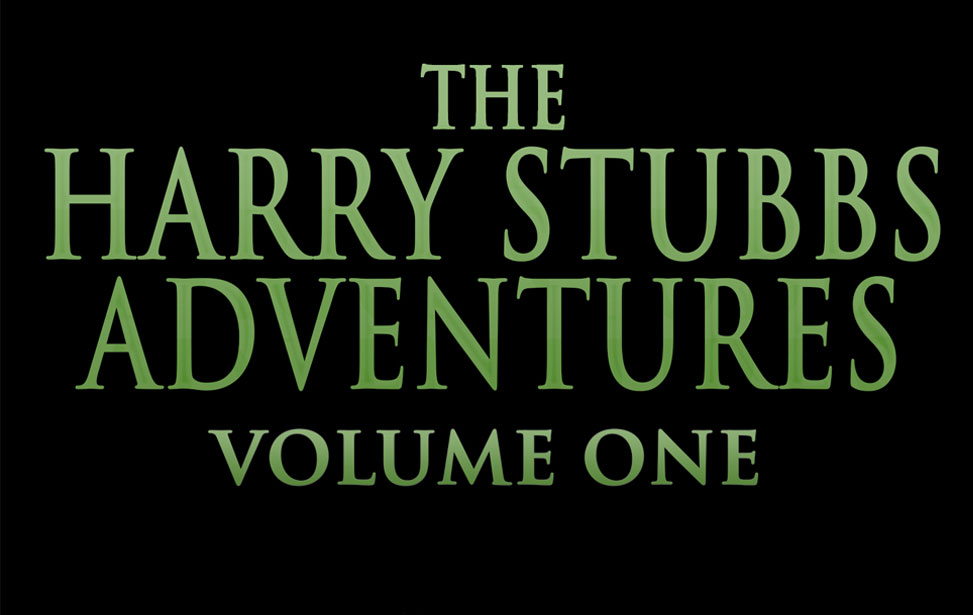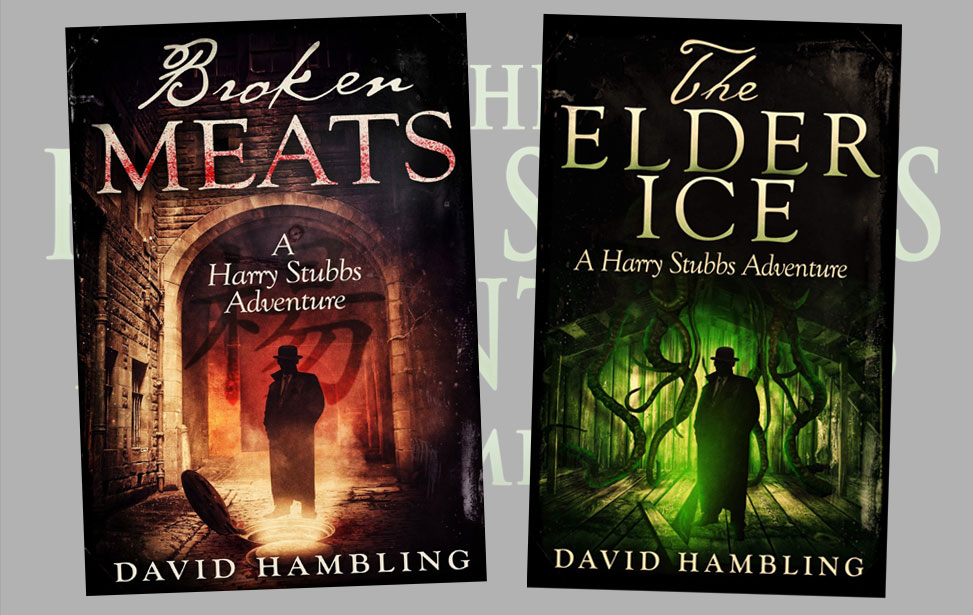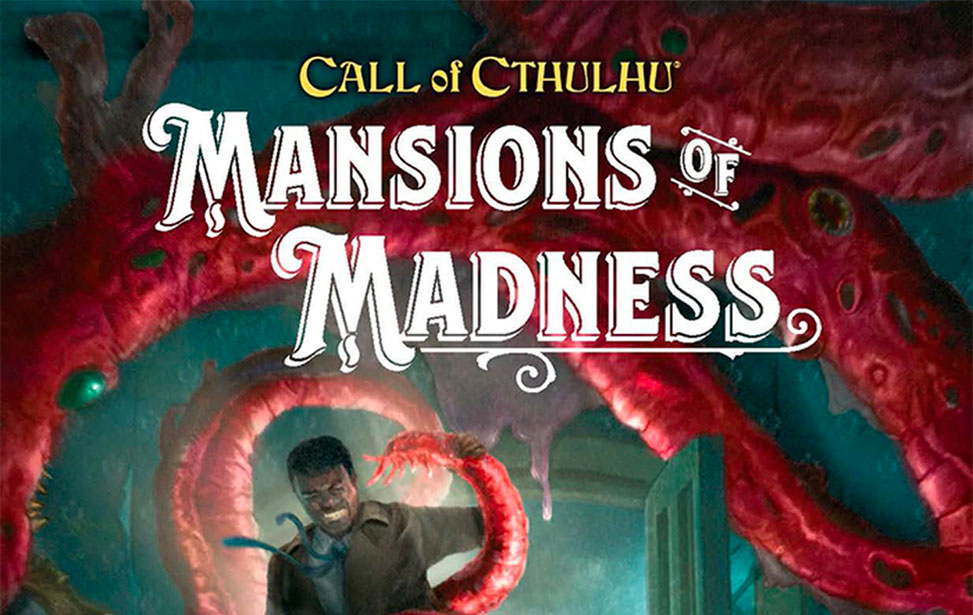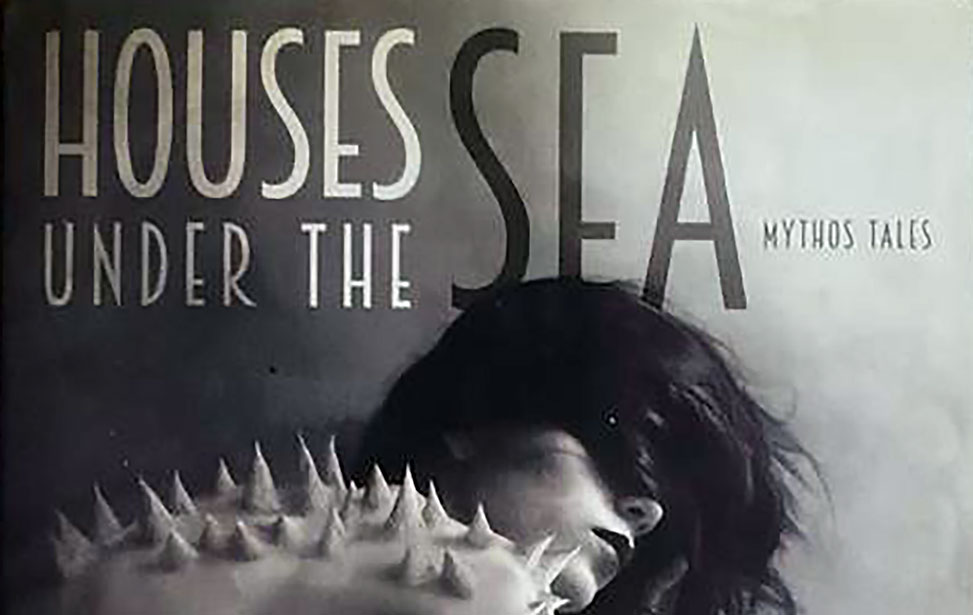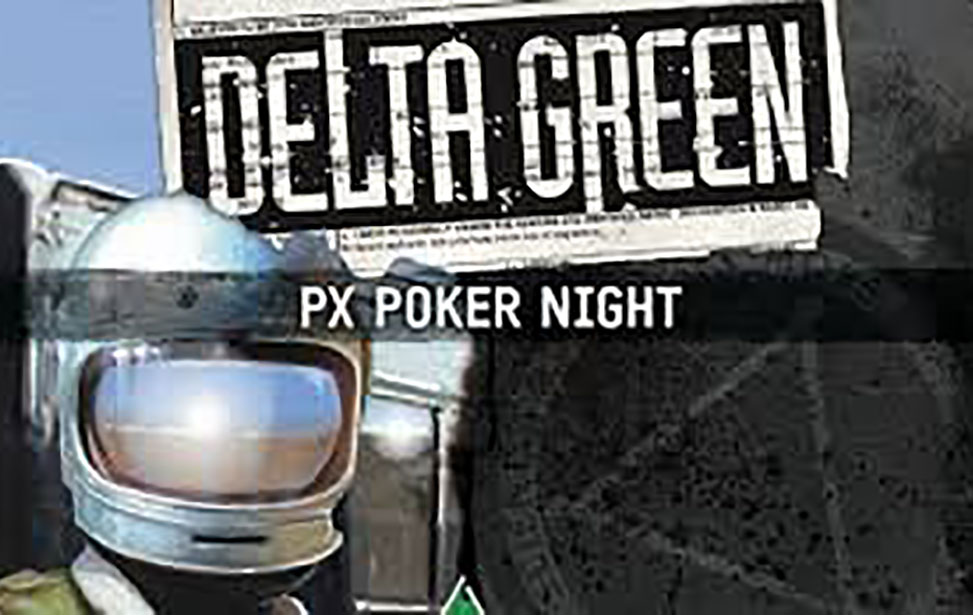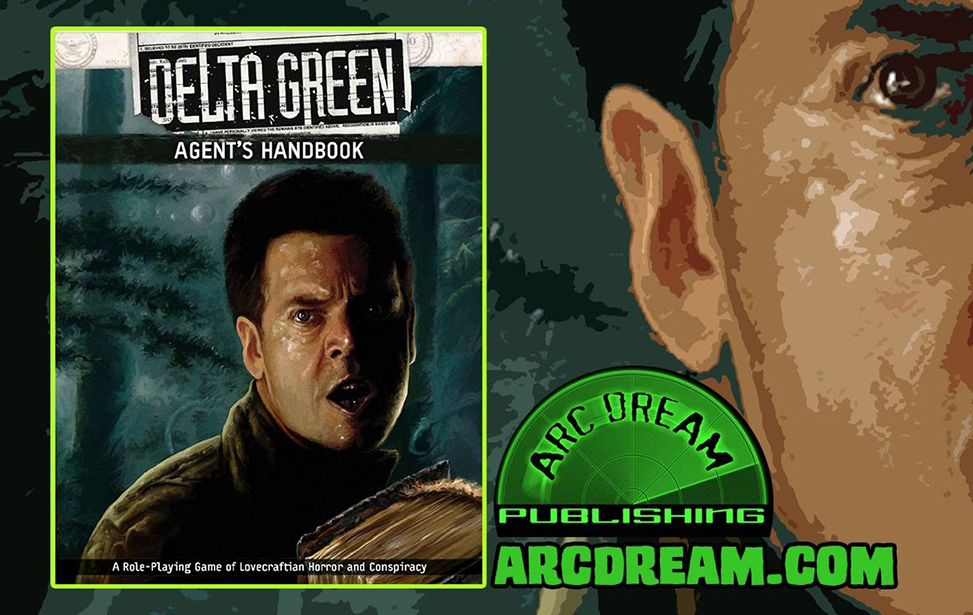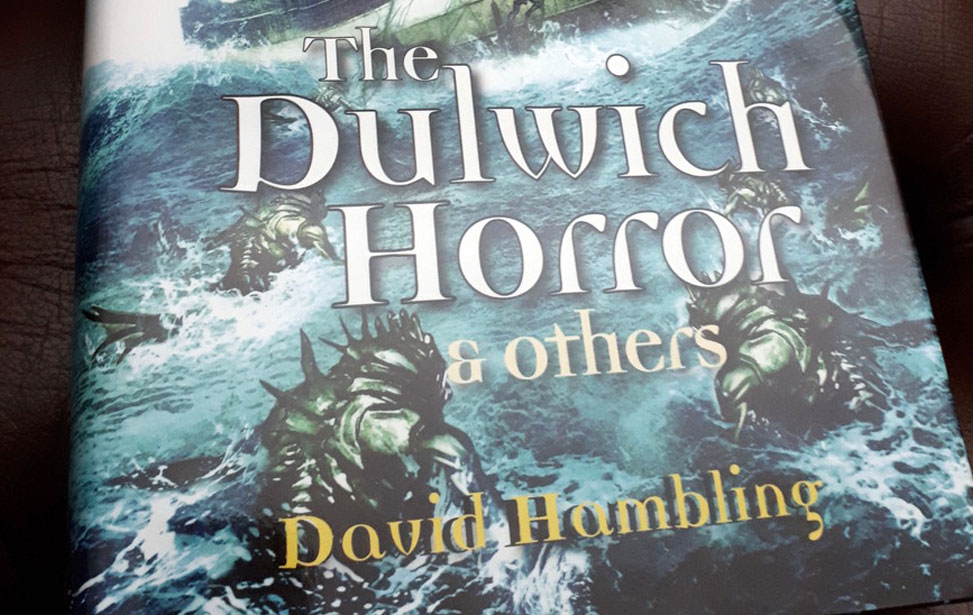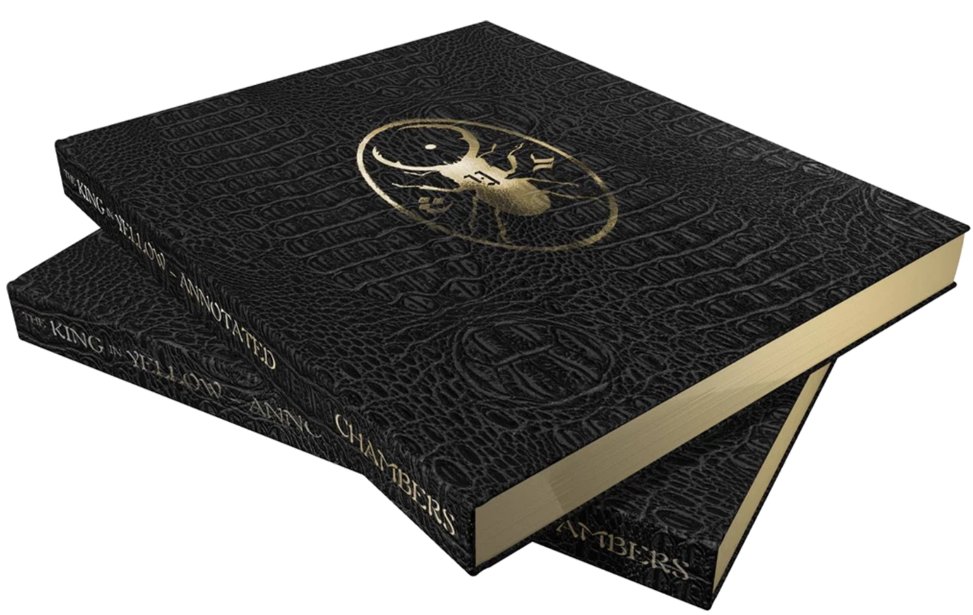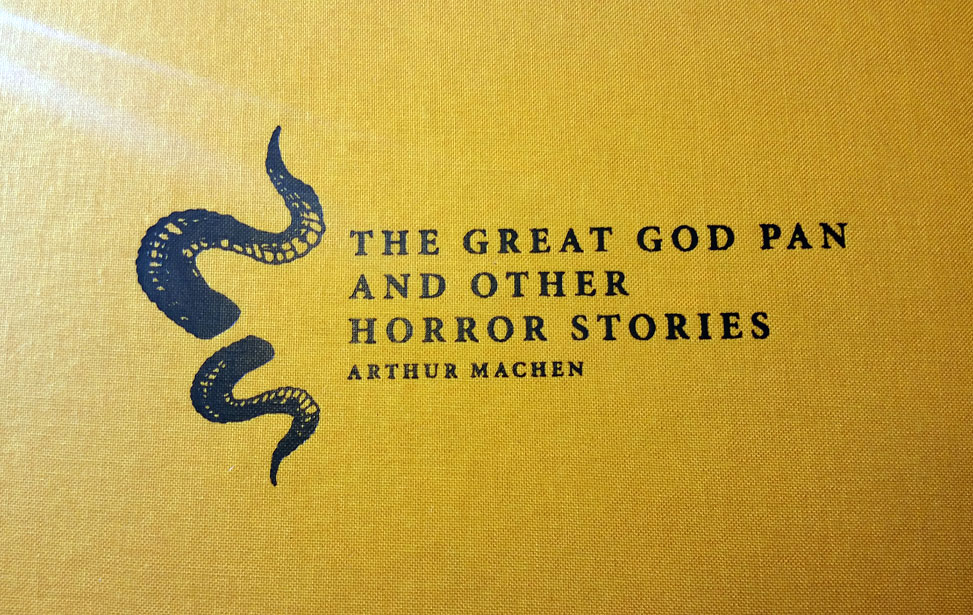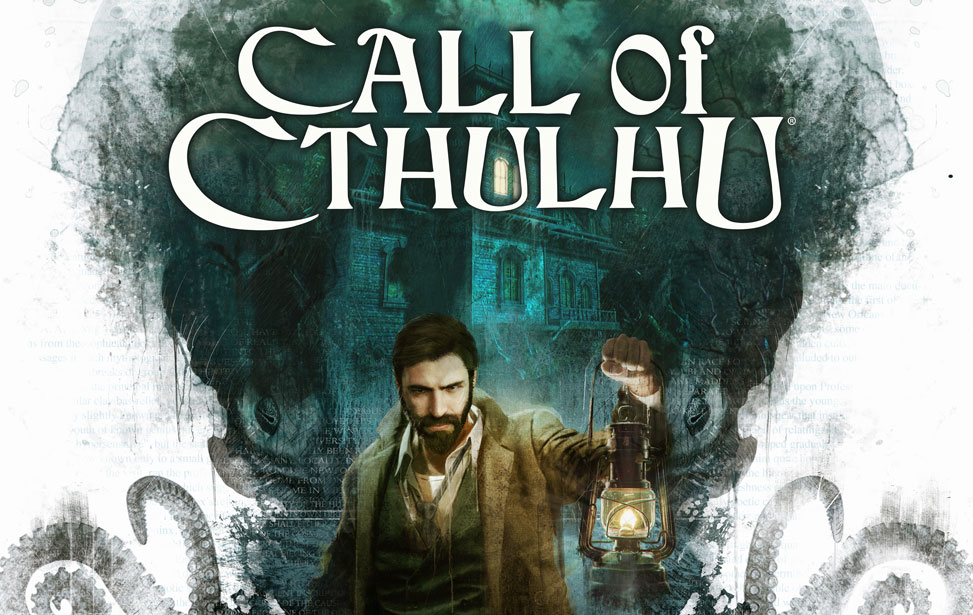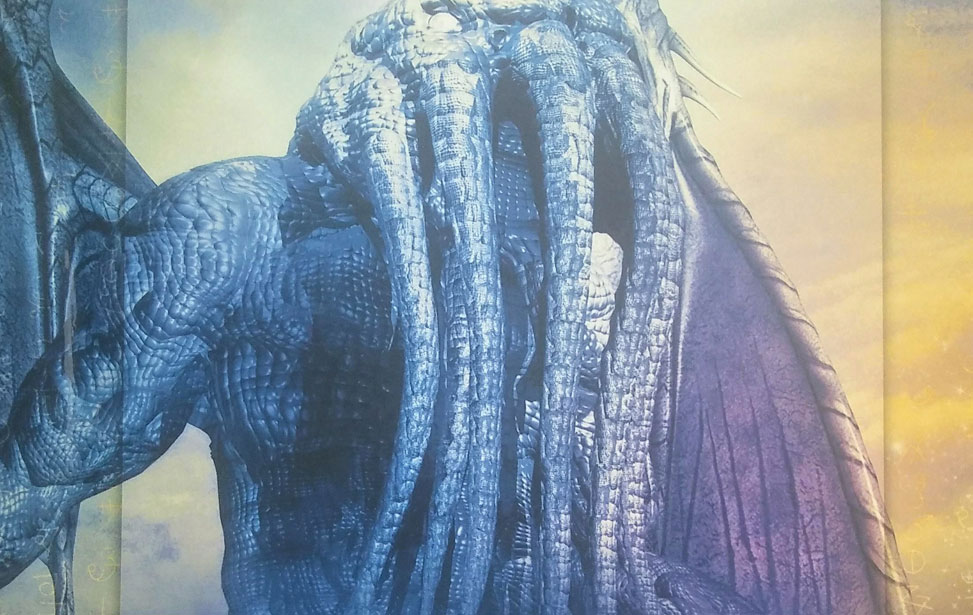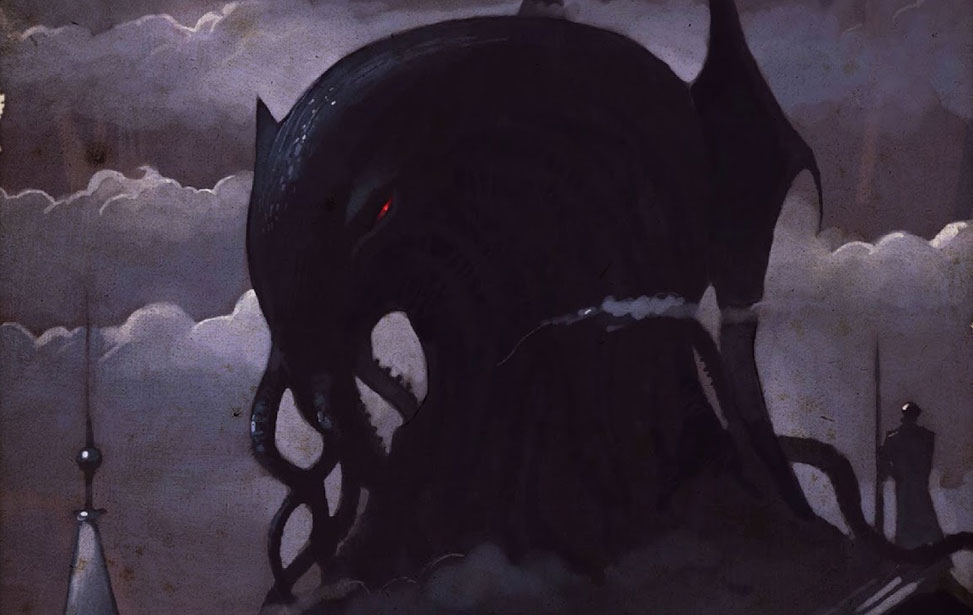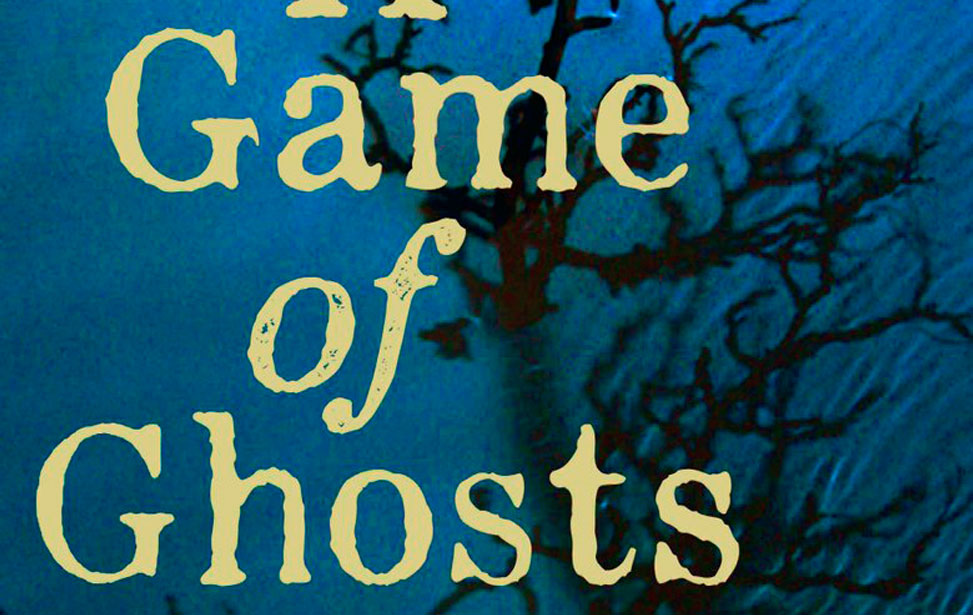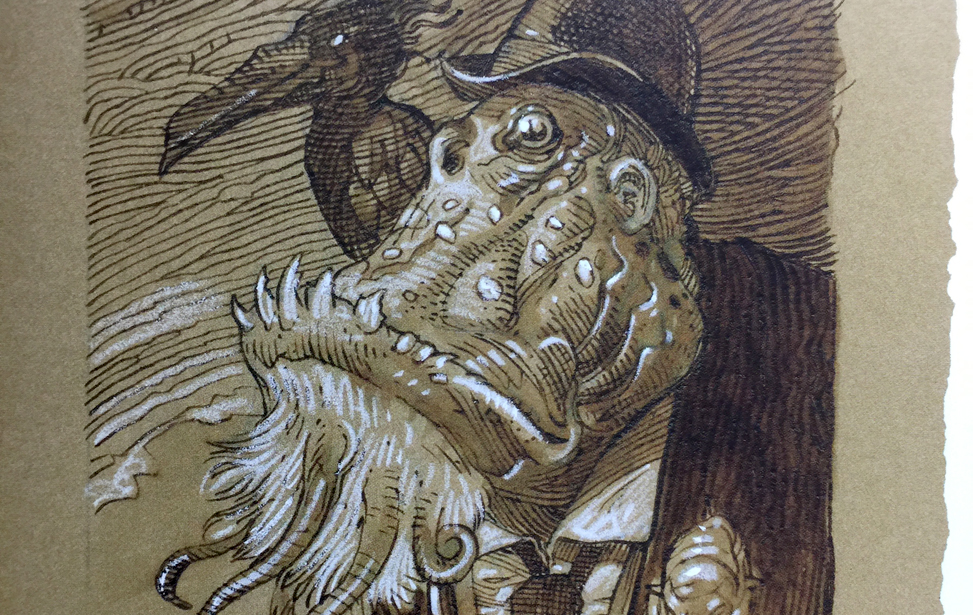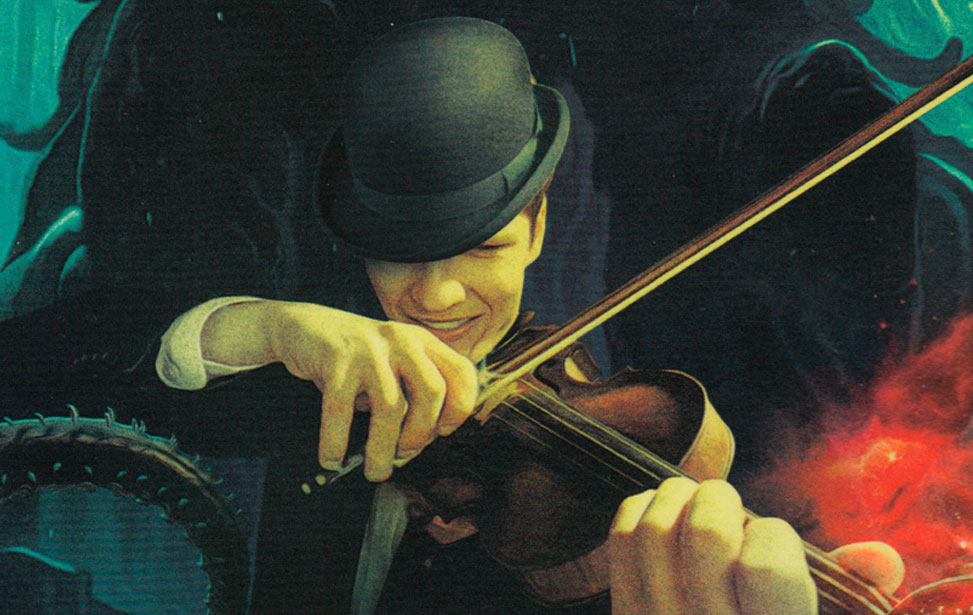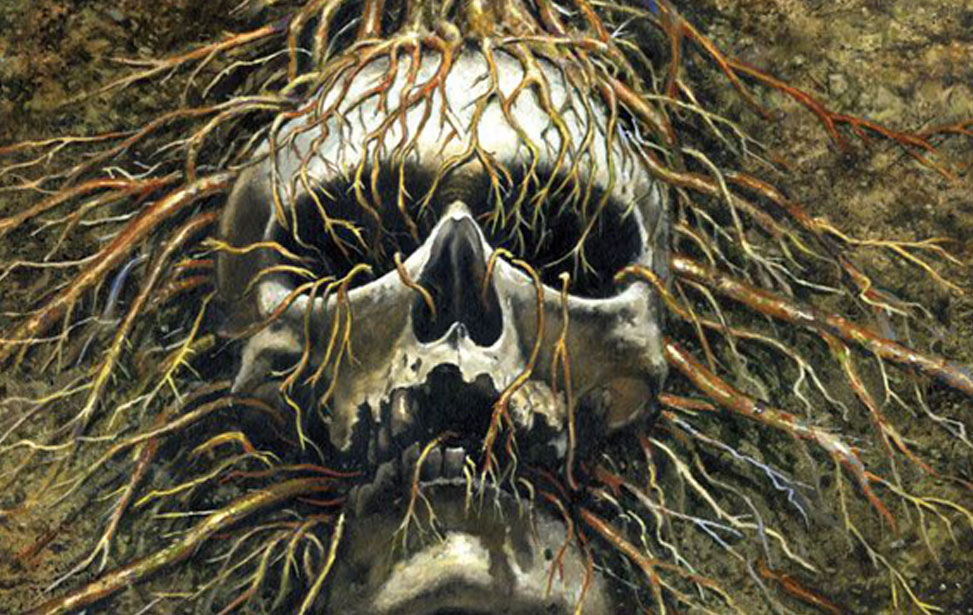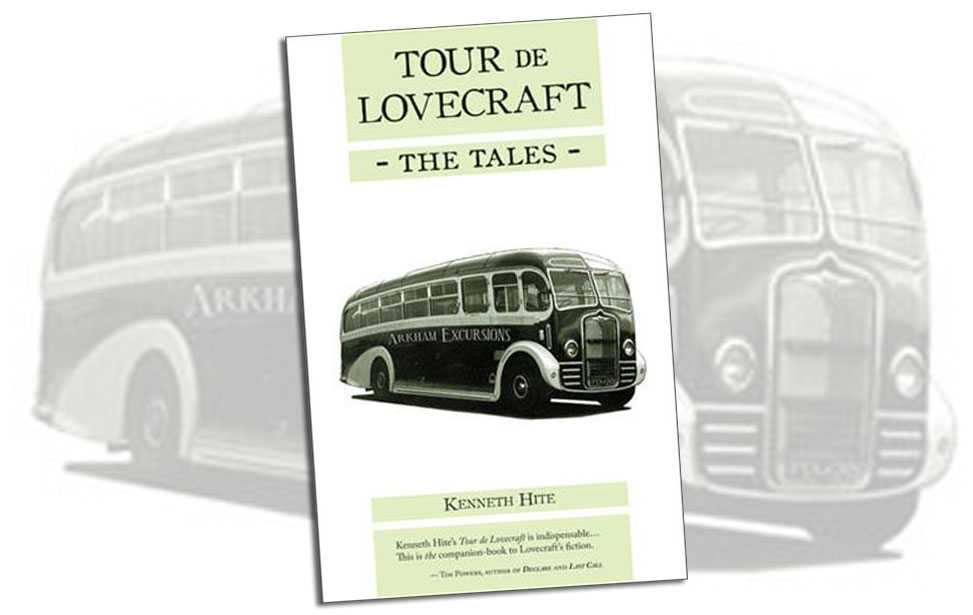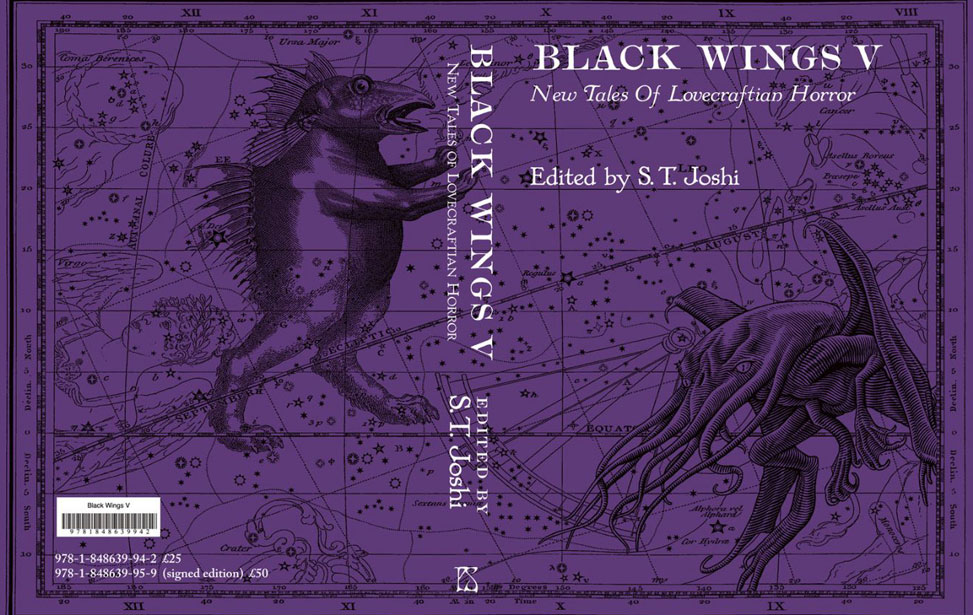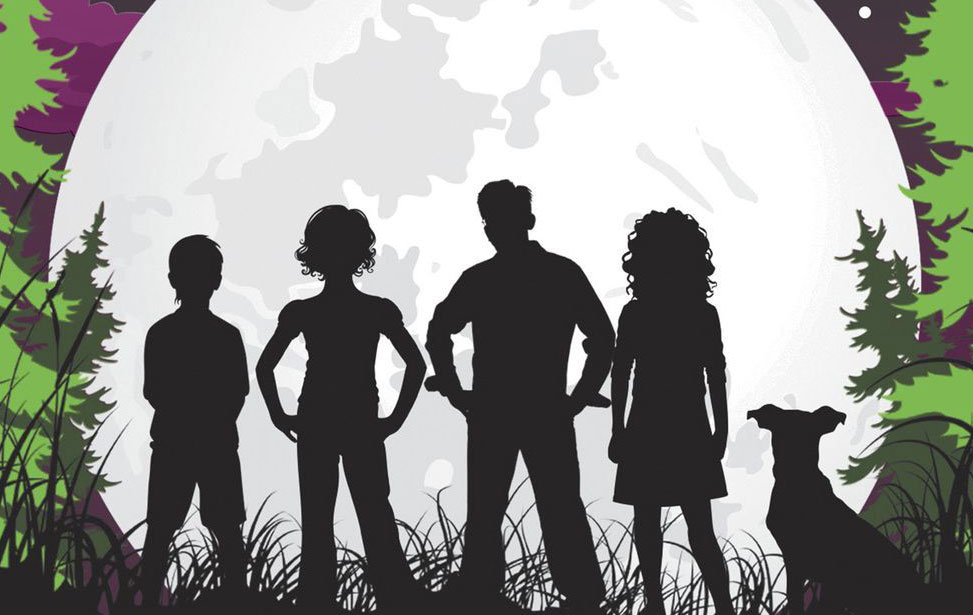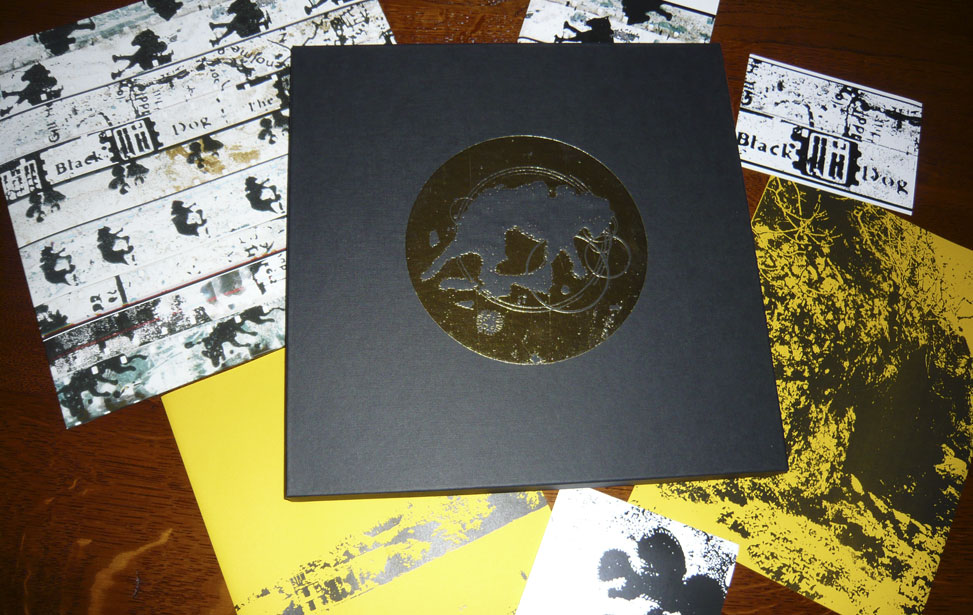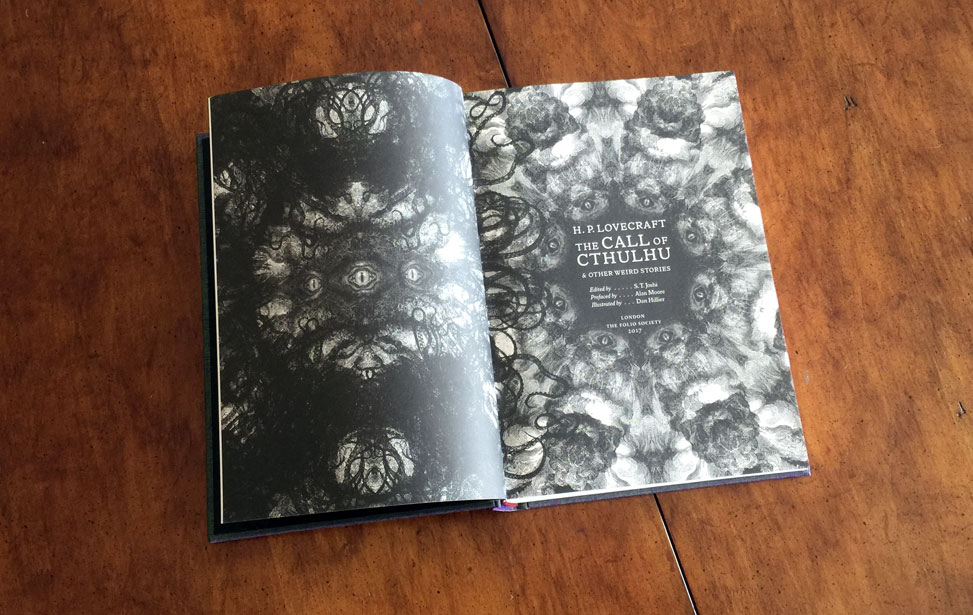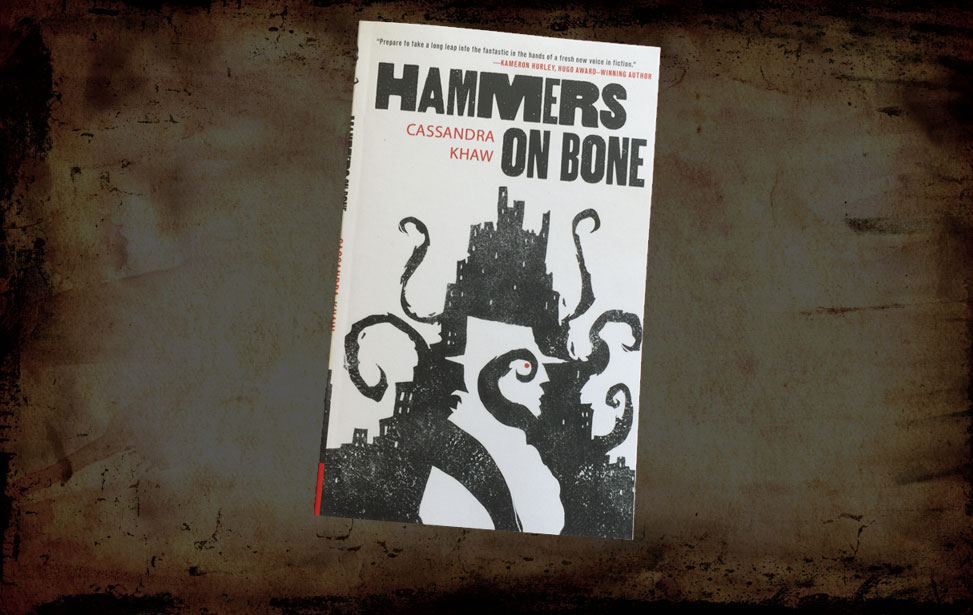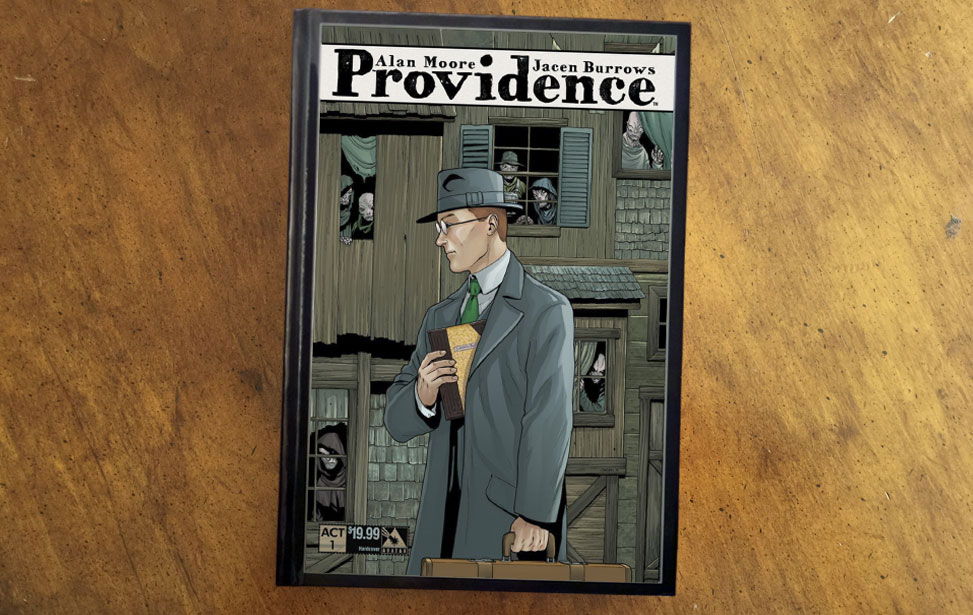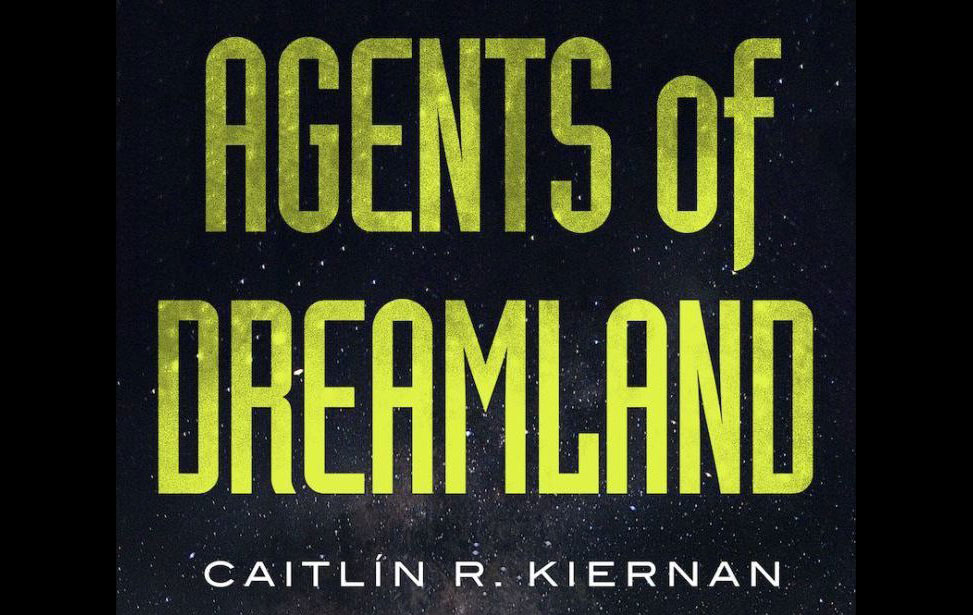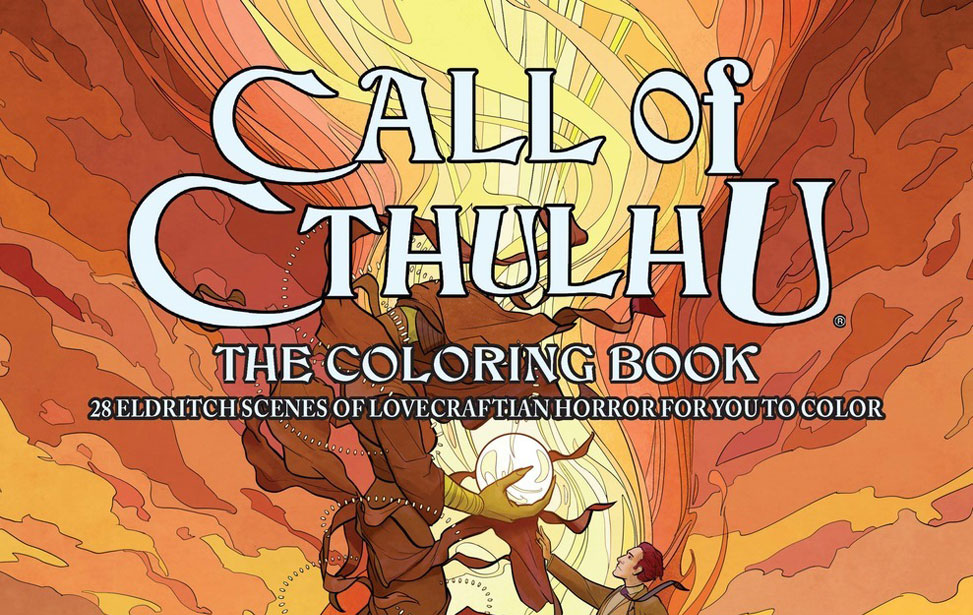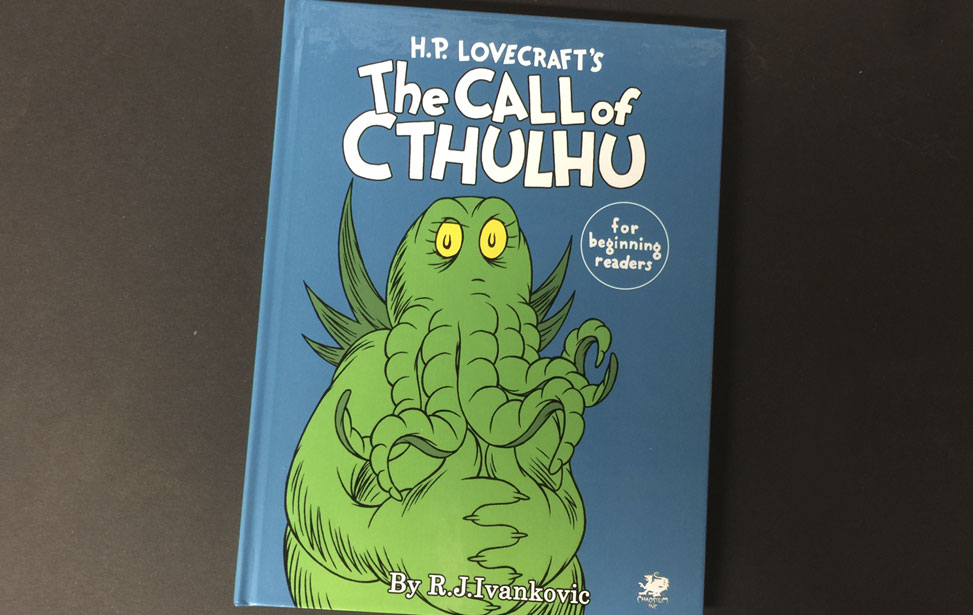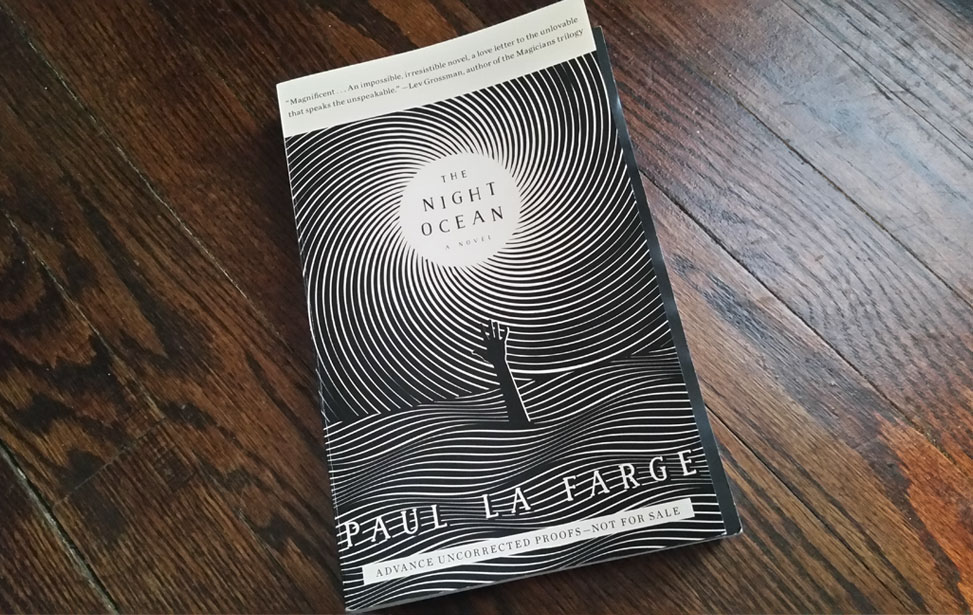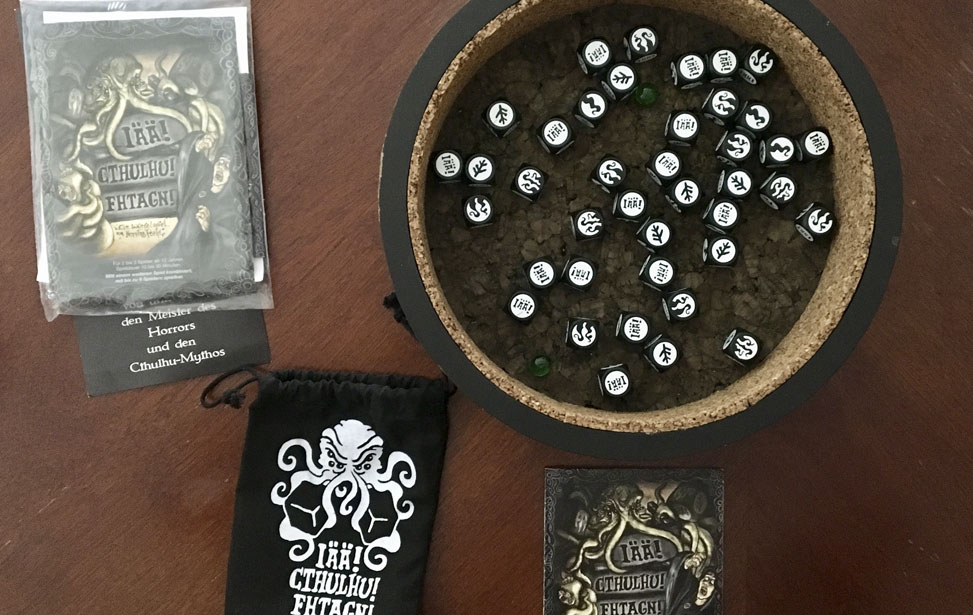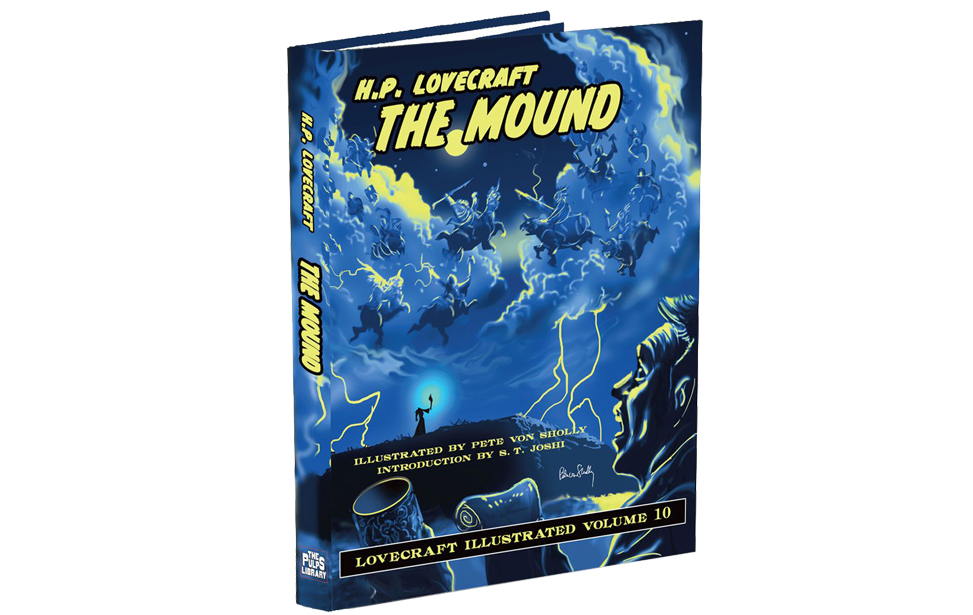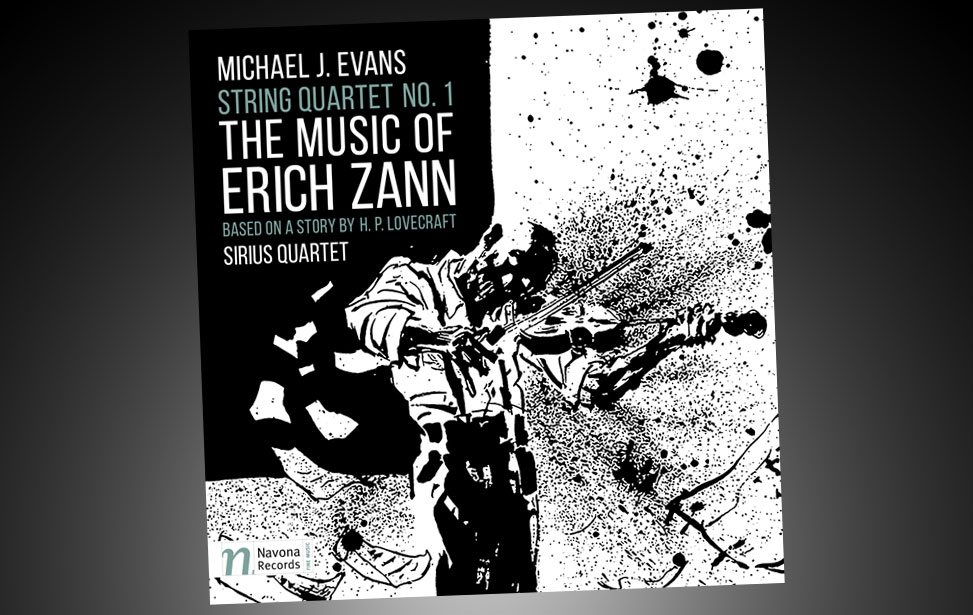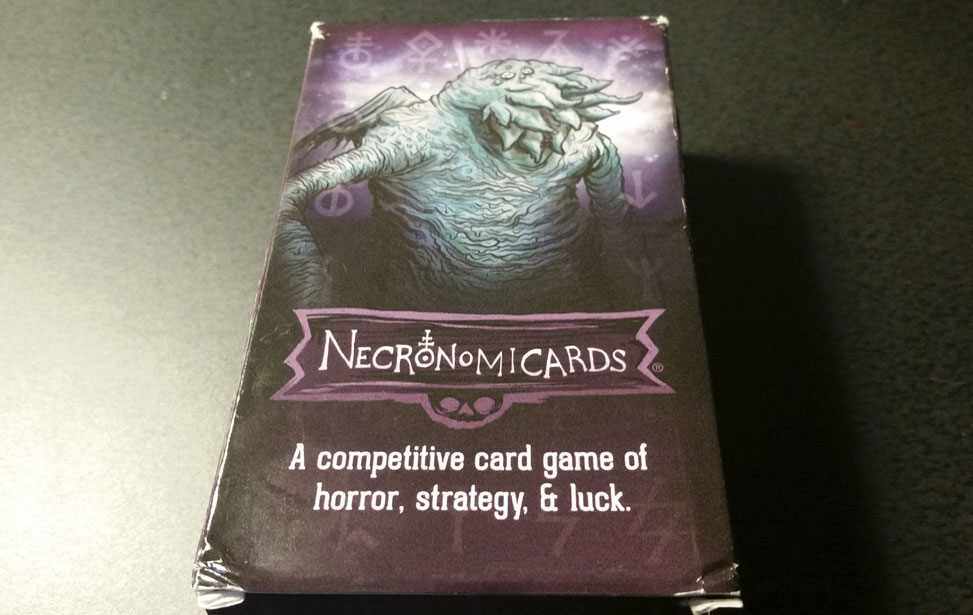The Elder Ice and Broken Meats: The Harry Stubbs Adventures vol. 1
A tremendously fun series of Weird adventure-mysteries set in 1920s England and featuring a compelling protagonist. Light and easy to read, they nevertheless feature careful pacing, well-thought-out plots and remain true to the Lovecraftian tradition. I have no hesitation in enthusiastically recommending them to absolutely anybody looking for an enthralling and well-written adventure story.
- Overall: B B B B B
- Quality: Q Q Q Q Q
- Value: V V V V V
- Written by David Hambling
- Published by Crossroad Press
- Price: £3.80 / $4.91
Review by William Dean
March 1, 2019
The Elder Ice (2014) and Broken Meats (2015) are the first two books in The Harry Stubbs Adventures series, by British author David Hambling. Hambling is known in the UK as a tech-journalist and occasional contributor to "anomalous phenomena" magazine (and HPLHS-Facebook-group-favourite) the Fortean Times. I however first came across him when reading his excellent Lovecraftian short stories published variously throughout his collection The Dulwich Horror and Joshi’s Black Wings anthologies. Within them the author has very successfully created a “Hambling Country” in which to frame his tales, following on the example of Lovecraft’s own semi-fictional unifying topography of Arkham and environs, and fellow-Brit Ramsay Campbell’s Goatswood. In this case, the author has adopted real-world south London – specifically the Norwood/Dulwich/Crystal Palace/Gypsy Hill area where Hambling lives – as his fictional stomping ground; a “Norwood Cycle”. The area comes alive quite convincingly and is a unique setting with a feel not captured in the locales of any other Lovecraftian author. Like all good Weird Fiction writers, Hambling is very successful in slowly melting this familiar and everyday urbane environment into one of supernatural horror.
Verisimilitude of the setting aside, I have found his stories to be consistently strong and well-written. They have good pace, very fine plots and ideas and, unlike Lovecraft’s own works, possess excellent characterisation. Real and sympathetic characters are always at the heart of Hambling’s works, and one finds oneself rooting and fearing for them in a manner lacking in tales where the protagonist is merely a vehicle for narration.
It was with this background then that I approached Hambling’s series of short novels The Harry Stubbs Adventures, which follow the investigations of the eponymous Harry Stubbs, a retired professional boxer, across 1920s south London as he happens across and is slowly drawn into a secret world of Lovecraftian mythos happenings. As the name of the book series implies, these are adventures, and as such they are a little different to the author’s normal oeuvre. They are faster paced, with bigger and more antediluvian mysteries and conspiracies and larger-than-life heroes and villains – as of course suits the genre of adventure mysteries. All this though is much, much better than the pulp fare it superficially resembles.
From the beginning we recognise in Harry the archetype of the underdog hero. He has the imposing physicality of a heavy-weight boxer but, even at his peak in the ring, never quite made the big-time. The son of a south-London butcher, Harry has no formal education or vocation. He’s a working-class man of little prospect trying to make his way at a time when England’s society was rigidly stratified. In spite of this, he’s a man to admire. His strength and size are matched with an even temper and careful nature. Harry’s lack of schooling does little to impede his thoughtful and observant perspicaciousness; he has the sponge-like curiosity of an autodidact with access to a public library. He’s honest, slow to judge, open to change and scrupulously adherent to his moral compass. An archetype then, yes, and his role in the narrative is instantly recognisable, but Harry is far more intriguing than the cardboard-cut-out heroes of the pulps. If our protagonist is perhaps quite remarkably more decent and open-minded than his background and the story’s setting might suggest – well, he is the hero, this is an adventure, and he’s the no less well-drawn and internally consistent for it. Very quickly we find ourselves rooting for him.
Harry’s first outing is in The Elder Ice. Our hero is in the employment of a firm of solicitors, investigating the possibility of collecting a debt from the late Sir Ernest Shackleton, the famed (real world) polar explorer. While the adventure never leaves the shores of Britain, fans of Lovecraft will have already guessed that Shackleton’s adventures in the desolate fastness of Antarctica were somehow linked to the Elder Things from Lovecraft’s At the Mountains of Madness (1931). By the story’s close Harry has had his first “mythos encounter” and has been made aware that there is much more to reality and human history than we realise. The story is classic Hambling: well-researched, featuring believable cameos from real-world personalities and with enough historical titbits dropped in to tie the supernatural mystery-adventure to reality.
The second novel in the series is Broken Meats. An enigmatic Chinese gentleman is visiting south London from Shanghai; Harry is tasked with looking after this mysterious individual, and finds himself on a tour of assuming sights of hidden esoteric significance around Norwood. Whereas The Elder Ice referenced Lovecraft’s Antarctic novella, with its primoridial civilisations and appalling implications for humanity’s past and future, this time we are in the territory of Charles Dexter Ward (1927) and The Thing on the Doorstep (1933) and the subjects of magic and personality transference. But as in Harry’s first Adventure, Hambling is not slavishly following Lovecraft into pastiche – merely he is expanding upon and reframing the Old Gent’s themes. Again, the tale references an array of historical personalities and organisations and in attaching these supernatural goings-on actual real-world locations and individuals so convincingly, the story feel less like a pot-boiler and more like an almost-believable extension of real-world history. The depth of fascinating historicity is not achieved to the same memorable extent as George MacDonald Fraser’s famous Flashman novels, but it is definitely in the same arena.
Both tales are fabulous fun to read; Hambling has created a marvellous character and begun a tremendously enjoyable series of adventures. I found myself resistant to putting the books down, always wanting to read onto the next chapter. The plots are far from formulaic, and the directions they take are interesting and unexpected. The prose is easy to run through, yet the stories don’t race on at break-neck speed; the weirdness and grue are not laid on thick, instead they are slowly and effectively applied; there is mystery, investigation, introspection combining with the Weird elements to develop an effecting cumulative sense of unease.
The Harry Stubbs Adventures are much more sophisticated than chewing-gum-for-the-brain pulps I was half expecting from the cover blurb. I quickly became engaged and committed to character, and didn’t want them to end. They did, however, end quickly. Neither book is long, 88 and 121 pages respectively, and each is easily finished in an afternoon’s reading. In comparison to Hambling’s other Lovecraftian fiction the Harry Stubbs stories have a lighter prose. We don’t find quite as much depth in the characters, and the atmosphere and setting are not as richly described. Crucially though, it is not that they are any less satisfying than his main oeuvre – merely that they are more effortless. I picked them up with the intention of having something undemanding to read for my commute – that box was ticked, and my expectations far exceeded. Hambling has written two more in the series to date, and I cannot wait to read them. I would enthusiastically recommend Harry Stubbs to any fan of Lovecraftian fiction looking for an enjoyable read.
The Harry Stubbs Adventures are available in a number of formats, both as e-books, collected e-book editions and printed volumes, including an e-book edition containing all four stories. This review was based upon readings of the first two e-books.
A sample extract from the first Harry Stubbs adventure is available here.
